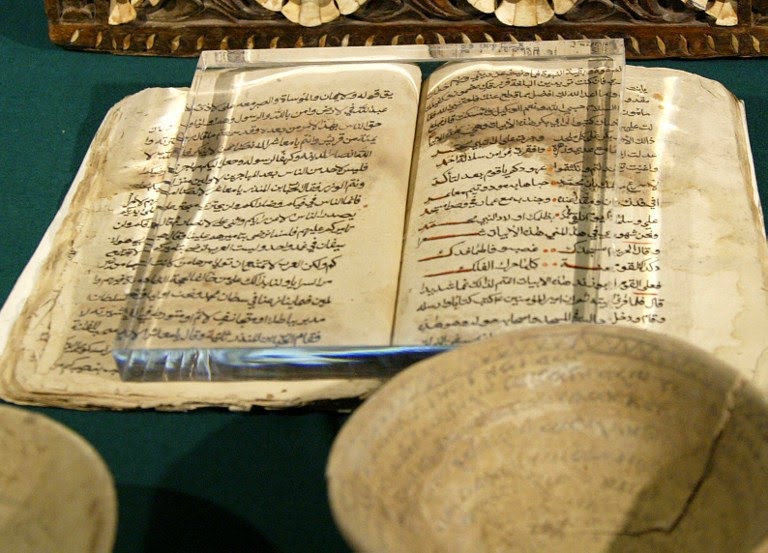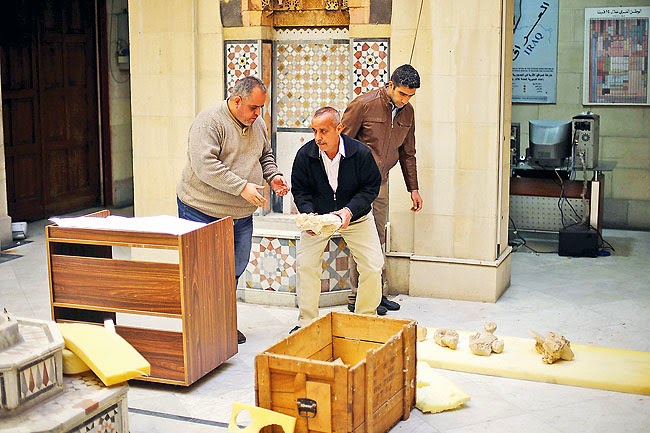 Tributes: The world of sport is mourning the passing of Spanish Golf Legend Seve Ballesteros, who died today aged 54
Tributes: The world of sport is mourning the passing of Spanish Golf Legend Seve Ballesteros, who died today aged 54Tributes have been pouring in from the world of sport following the news that golfer Seve Ballesteros has died.
World No1 golfer Lee Westwood tweeted: ‘It's a sad day. Lost an inspiration, genius, role model, hero and friend. Seve made European golf what it is today. RIP Seve.’
Manchester United’s Rio Ferdinand, meanwhile, said: ‘RIP Ballesteros. One of golf’s greats.’
Ballesteros had suffered a 'severe deterioration' as he battled a brain tumour, his family said.
 Ballesteros and his wife Carmen in 2004 at Spanish Crown Prince Felipe of Bourbon's wedding
Ballesteros and his wife Carmen in 2004 at Spanish Crown Prince Felipe of Bourbon's weddingThe five-time major winning Spaniard was recovering from surgeries performed in 2008 to remove a malignant tumor from his brain.
Other sports stars who have been paying tribute include Spanish tennis star Rafa Nadal, who said: 'Seve is one of this country's great sportsmen. I've been lucky enough to meet him and play golf with him.’
In a statement on Ballesteros' website today, the family said the 54-year-old golfer passed away at 2:10 am local time at his home at Pedrena, in northern Spain, where he has mostly been since undergoing four operations in late 2008.

Family man: Ballesteros with his former wife Carmen and their son Baldomero after winning the Volvo PGA championship at Wentworth in 1991
In a statement, the Ballesteros family says it 'is very grateful for all the support and gestures of love that have been received since Seve was diagnosed with a brain tumour on 5th October 2008'.
Ballesteros had earlier been blessed by a priest in a ceremony reserved for Catholics who are dangerously ill or close to death.
The golfing legend received the sacrament of the Anointing of the Sick, according to Spanish national newspaper El Mundo.
 Battle: After a second course of chemotherapy in February 2009, Ballesteros said it was a 'miracle to be alive' at a press conference in Madrid Volvo World Match Play Championship just eight months later
Battle: After a second course of chemotherapy in February 2009, Ballesteros said it was a 'miracle to be alive' at a press conference in Madrid Volvo World Match Play Championship just eight months laterDuring the ceremony a priest uses olive oil to bless a patient on the forehead and hands while reciting prayers.
The paper said the sportsman had received Extreme Unction, an older term for the sacrament, but gave no further details.
The Anointing of the Sick is one part of the Last Rites ritual in the Catholic Church.
 Comedy moment: Seve Ballesteros's sense of humour will be sorely missed
Comedy moment: Seve Ballesteros's sense of humour will be sorely missed Vintage: Ballesteros saw off defending champion Tom Watson in memorable fashion, winning the second of his three Open championships, at St Andrews in 1984
Vintage: Ballesteros saw off defending champion Tom Watson in memorable fashion, winning the second of his three Open championships, at St Andrews in 1984Seve was the last of his kind
There will never be another golfer quite like Seve Ballesteros. Perhaps no other sportsman quite like him either.
Put together the charisma of Arnold Palmer and the shot-making skills of Tiger Woods and you come close. Yet at his peak, hard though it might be to believe, his appeal was greater than the sum of those two giants of the game.
In the 1980s Europe became blessed with a ‘Big Five’ of Ballesteros, Nick Faldo, Sandy Lyle, Bernhard Langer and Ian Woosnam.
 True great: Seve Ballesteros holds the Ryder Cup trophy in the rain in 1997 after Europe beat the United States
True great: Seve Ballesteros holds the Ryder Cup trophy in the rain in 1997 after Europe beat the United States
Legend: Seve Ballesteros reacting as he wins the British Open golf championship at Royal Lytham and St. Anne's in Lancashire
Severiano Ballesteros "The Matador"
Seve Ballesteros 13Th Fairway approach shot 1986 Masters
Amazing golf shot - Ballesteros on his knees
source:dailymail
VIA Tributes pour in for Seve Ballesteros after golfing legend dies from brain tumour at age of 54



















